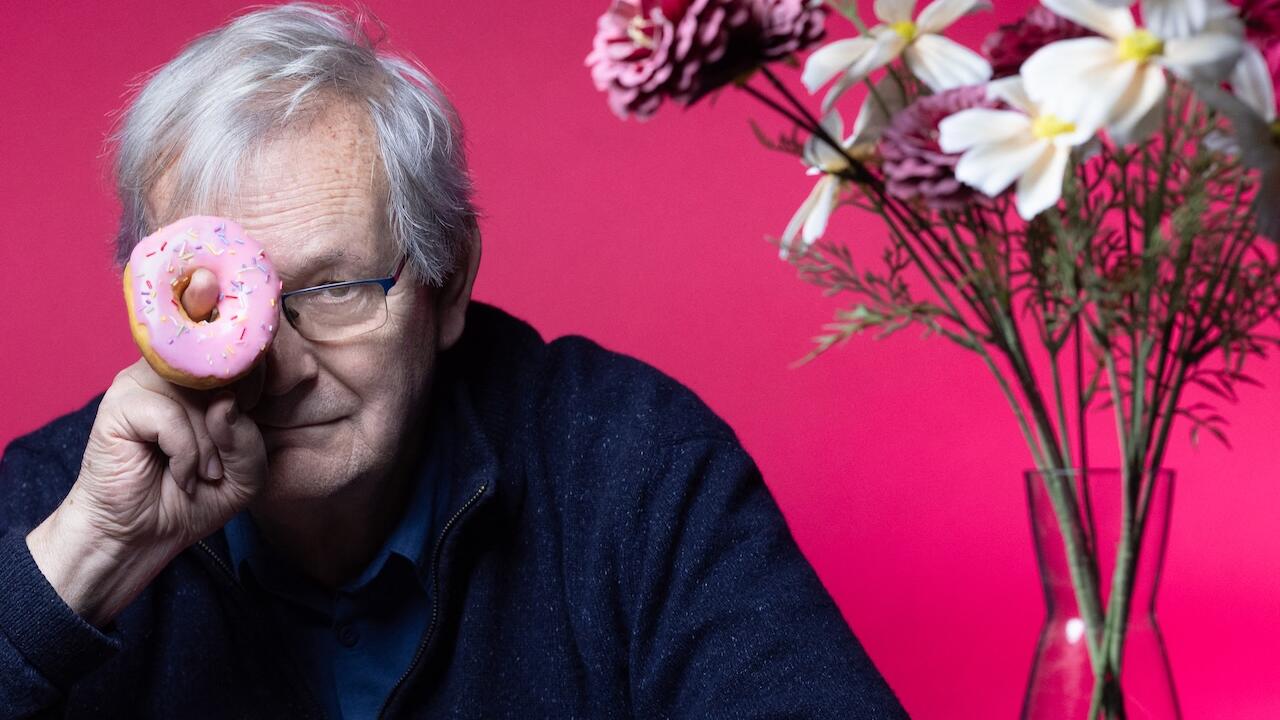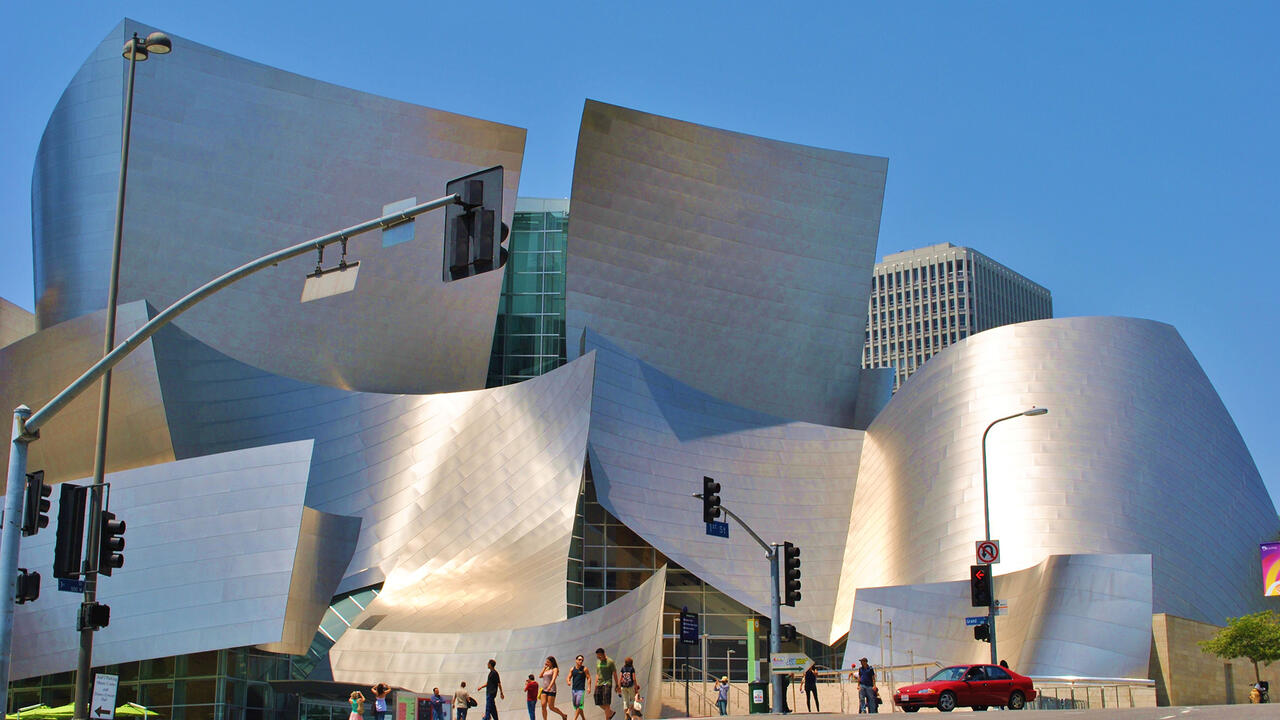Not on Display
The controversy surrounding the current exhibition at the Iziko South African National Gallery
The controversy surrounding the current exhibition at the Iziko South African National Gallery

Art criticism, the practice of noticing and describing the particular, has a difficult relationship with statistics, yet it is precisely numerical data that is key to an appreciation of the controversy surrounding the inclusion of an untitled 2012 photograph by Zwelethu Mthethwa in ‘Our Lady’, a concise and lightly instructional exhibition on now in Cape Town. ‘Our Lady’ tackles the subject of the female figure in art, in particular her frequent deployment by male artists. The exhibition – a collaboration between Iziko South African National Gallery (ISANG), the country’s premier public museum and host venue for this show, and The New Church Museum, a private collection with a contemporary focus – juxtaposes historical and contemporary works by 27 artists (20 men and seven women) to offer various critical insights about patriarchy and gendered tropes within figurative painting.
The inclusion of Mthethwa’s photograph, depicting an unidentified black woman in blue dress seated on her trousseau, has drawn strong criticism. Mthethwa, a portraitist fêted for his large-scale studies of impoverished shack dwellers, farmworkers and fashionable young church worshippers, is currently on trial for murder. It is alleged that in April 2013 he kicked 23-year-old sex worker Nokuphila ‘Ntombi’ Kumalo to death. The circumstance of any crime is always particular, but the charge against Mthethwa is shadowed by a set of grim statistics.
According to legal researcher Dee Smythe, of the 1000 daily instances of rape in South Africa, only 150 incidents are reported, with less than 30 cases prosecuted. For all its laid-back charms as South Africa’s foremost leisure destination, Cape Town has a pronounced history of abject violence directed by men at young women in the sex trade. Between 1992 and 1996, an unknown serial killer murdered 16 sex workers in the city. More recently, in 2014, Johannes de Jager was convicted of murdering Hiltina Alexander and Charmaine Mare, who were 18 and 16 years old respectively. Kumalo’s murder taps into an even earlier history of female slaves who were used as sexual chattel by their owners.

‘Our Lady’ is silent about this very proximate history in the city. The exhibition – curated by Kirsty Cockerill and Candice Allison of New Church and Andrea Lewis of ISANG – is nonetheless marked by activist ambition. An introductory wall text explains that the show has been ‘designed to interrupt the puritanical and patriarchal visual economy that surrounds imagery of the figurative female form’. The opening day of ‘Our Lady’ coincided with the start of an annual, government-led campaign around violence against women and children. For some, the timing compounded the outrage at showing Mthethwa’s work, which is formally paired with an undated early twentieth-century portrait of a patrician white woman in a blue dress by Glasgow School painter George Henry.
‘It’s basically the art world equivalent of letting [Oscar] Pistorius represent South Africa during his trial,’ stated Berlin-based South African artist Candice Breitz in a recent Facebook post. Pistorius is an agonistic figure. In July, when the paralympian received a six-year sentence for murdering his girlfriend Reeva Steenkamp, writer and editorialist Sisonke Msimang observed: ‘Over its long and drawn-out course, this case has come to be seen as a metaphor for the inequality that continues to bedevil South African society.’ Pistorius, she explained, had used his personal and family wealth to needlessly extend the case.
Ironically, Mthethwa, a dandyish figure who came to international prominence in 1999 after his work was included in the exhibition ‘Liberated Voices’ (1999) at the Museum for African Art in New York, has done much the same. His legal case, which started in 2014 and is ongoing, has been marked by tactical manoeuvres and delays that has lent news coverage of his trial an erratic quality and seen activists infrequently picket his trial. Picketing is a galvanising form of activism. In 1992, some 500 activists gathered outside Guggenheim Museum SoHo to protest the inclusion of Carl Andre’s work in its inaugural exhibition. Andre, who in 1988 was acquitted of allegedly murdering Ana Mendieta three years earlier, has had his work serially protested, most recently at the opening of Tate Modern’s new wing, the Switch House, in June.
What is a museum’s responsibility to its public when it comes to showing work by an artist who has been accused (successfully or not) of murder? This difficult question, which involves various judicial, museological and ethical norms, is worth deliberating over. Unfortunately this deliberation didn’t take place when, in June this year, art historian Michael Godby included a photograph from Mthethwa’s ‘Empty Beds’ series (2002) in ‘Home Truths’, a survey of works exploring the domestic interior, also presented at ISANG. The widespread silence around Godby’s inclusion of Mthethwa’s work was really a deferral. A chorus of public opinion is now demanding answers. ‘Why is ISANG so cavalier about exhibiting Mthethwa’s work while he is being tried for murder?’ asked Breitz.

The vigorous public response saw the curators initially amend the image caption accompanying Mthethwa’s photo to include reference to the artist’s murder charge. As criticisms escalated, ISANG opted to convene a public discussion in the exhibition; it was led by independent curator Ukhona Mlandu and included representations from members of SWEAT. Activists also quietly displayed placards. Breitz read a statement on behalf of the living female participants in the show, none of who were able to attend the discussion; they all requested the withdrawal of their work from the show. In the event, New Church had already pulled their works from the show, including the offending Mthethwa photograph.
Penny Siopis, an expressive painter whose mature work has explored violent themes, is one of the artists included on ‘Our Lady’. A few days before the public discussion she voiced her dismay at what she viewed as the show’s disregard for feminist discourse. In a framing document, the curators do however refer to feminist scholar Laura Mulvey’s 1975 essay ‘Visual Pleasure and Narrative Cinema’. The public discussion however highlighted the New Church curators’ overly formalist treatment of the subject terrain, and apparent unwillingness to accept the real hurt caused by their inclusion of Mthethwa’s work. ‘That picture blocks Nokuphila,’ a frustrated member of the sex worker alliance Sisonke said, referring to Mthethwa’s absent (but very much present) portrait.
That images wound is fact; but images can also activate or induce other conditions to do with being and knowing. In 2010, after interviewing a Sri Lankan sex worker, Cape Town artist Khanyisile Mbongwa photographed herself in various stances against a stucco wall while wearing a white hood and a chain tied around her exposed stomach. The eight black-and-white photographs mounted in two rows of four, are titled If you take a picture of my lips I would have to kill myself (2010), after a statement made by the anonymous sex worker when Mbongwa asked to photograph her. Installed next to Siopis’s oil on board On Stains – Confess (2008), a bloody portrait of a chained female child, Mbongwa’s work highlights the risks of a precarious occupation that is linked to a history of male violence. Mbongwa’s photographic series doesn’t neutralise Mthethwa’s difficult presence, but it does register a decisive counter narrative in an exhibition marked by curatorial missteps.
Lead image: Public discussion at ISANG, Cape Town, 15 December 2016. Courtesy: Sean O’Toole




















